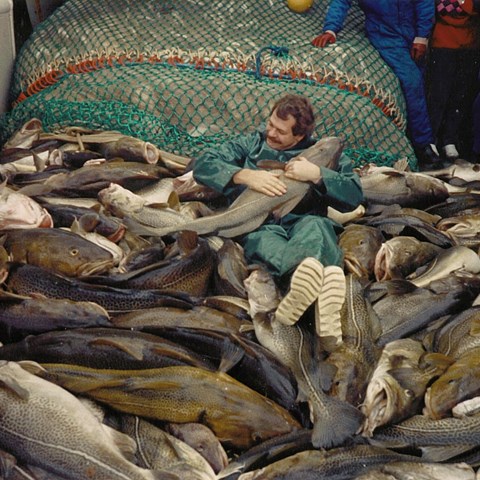The International Council for the Exploitation of the Seas (ICES) provides advice of fishing opportunities (i.e., levels of total allowable catch) to the EU Commission and member states. This advice typically stems from the application of stock assessment methods, whereby the status of a stock (e.g., herring in the Baltic Sea) is determined based on stock size and the level of fishing mortality. A key assumption often made in this assessment is that all mature fish contribute equally to reproduction and recovery; however, this is unlikely to be true. In fact, older and larger fish are expected to have greater success when spawning, have wider thermal limits, and are known to educate younger fish on migration routes and behaviour. Larger and older fish are also highly desirable by fishers both industrially and recreationally.
Commenting on this, Christopher Griffiths a researcher at SLU Aqua and one of the authors of the study said: “It’s crazy that we know the importance of a stock’s age and size structure, but we provide advice and fish, without questioning whether that same stock has the BOFFF fish it needs to recover from that level of catch’.
Many exploited fish stocks lack older and larger fish. In fact, the study of Griffiths et al. (2023) recently published in the journal Fish and Fisheries found that 62% of the main commercial stocks in the Northeast Atlantic currently have less older fish than expected by fishing at sustainable levels. Moreover, these values are even lower in key fisheries areas like the North Sea (79%) and Baltic Sea (66%). This is a major concern and is likely to have negative effects on the abundance and health of fish populations, as well as for the level of catch we can expect to extract from them.
The importance of older and larger fish is becoming a prominent discussion point at the national and EU level. Both the Swedish and EU sustainability goals explicitly refer to the age and size structure of fish populations. The Marine Strategy Framework Directive (MSFD) under its Descriptor 3 of Good Environmental Status (GES) goes one step further, stating that exploited fish stocks should exhibit ‘a population age and size distribution that is indicative of a healthy stock’.
When asked if their new ABI could help, Massimiliano Cardinale, a senior researcher based at the Department of Aquatic Resources (SLU Aqua) responded: “we certainly think so, it allows us to efficiently track how the age structure of a stock compares to our management goals and should allow us as fisheries scientist to make better informed decisions on stock status and catch’. Expanding on this Valerio Bartolino, also a senior researcher at SLU Aqua commented that: “ABIMSY (the name of the new indicator) also ticks a lot of key boxes for the assessment of GES under the EU’s MSFD. The methods used to calculate it also fit very well with those currently used by ICES to assess stock status and provide advice. Hopefully this should mean that we can very quickly incorporate it at both the national and EU level”.
In the study, Griffiths and his colleagues describe how to calculate ABIMSY, the tests they used to validate it, as well as the rationale behind their approach. They then apply it to 72 commercially important stocks in the Northeast Atlantic, including 26 species that collectively contributed 86% of all catch in the region in 2019. The data used in the work stems directly from stock assessment inputs (official catches, survey data, etc.) and outputs, which are put together by researchers across Europe and are freely available via ICES or on an online repository set up by the authors. Flexibility and application is also discussed throughout the study, with examples provided of how the framework behind ABIMSY could be used across the world to assess a range of fish species and fisheries, as well as differing policy objectives. In conclusion, the outcomes from this work could provide a key building block for the incorporation of age structure in fisheries management.
